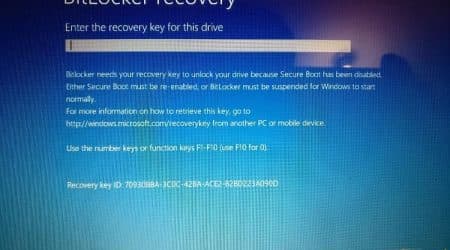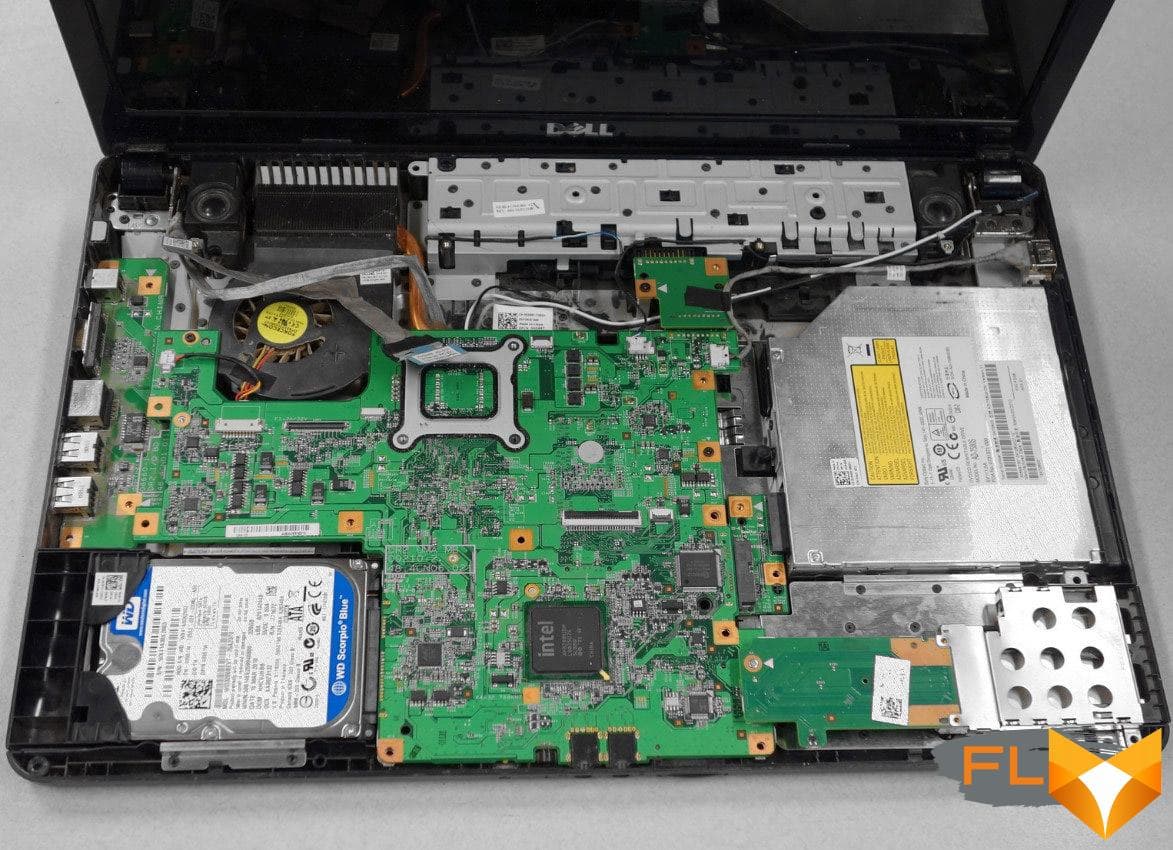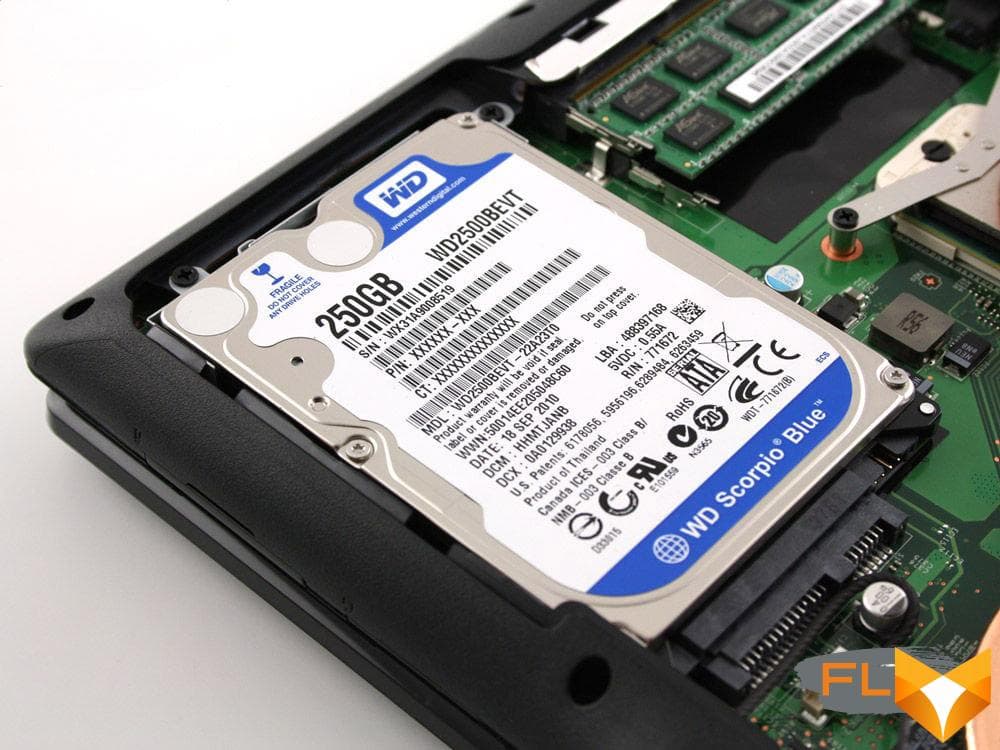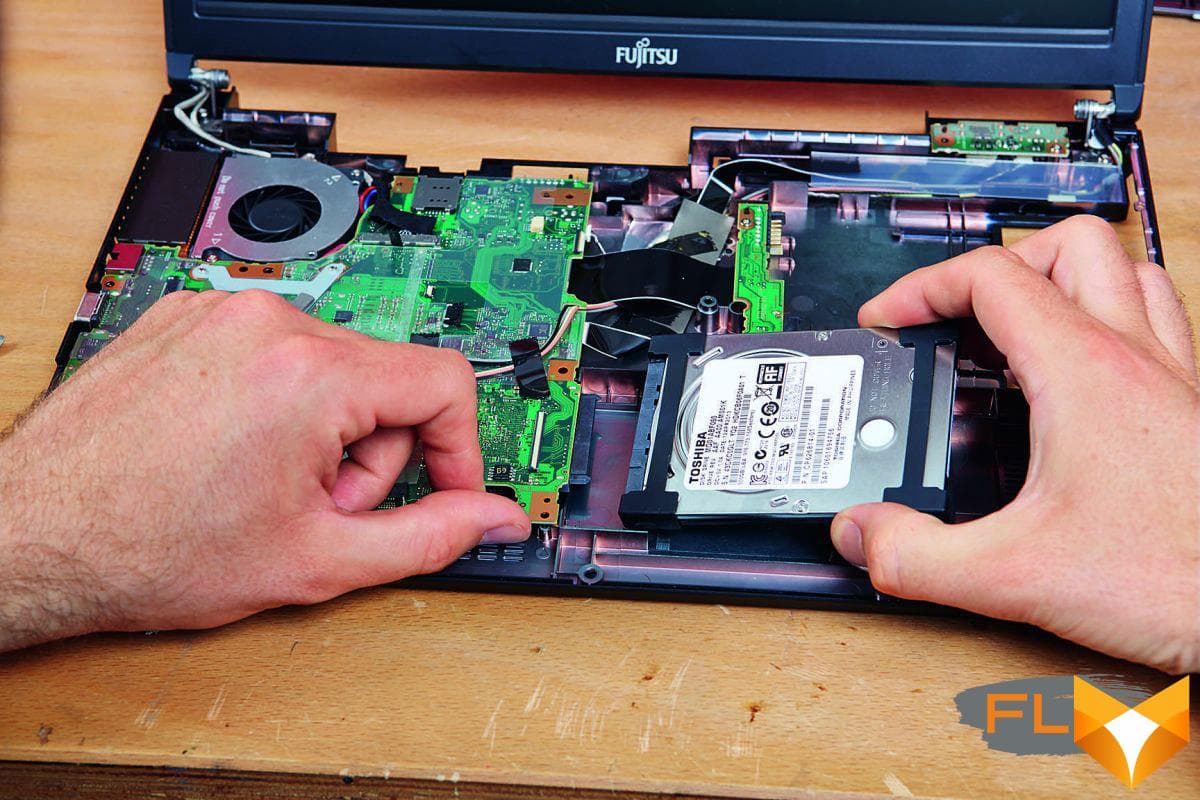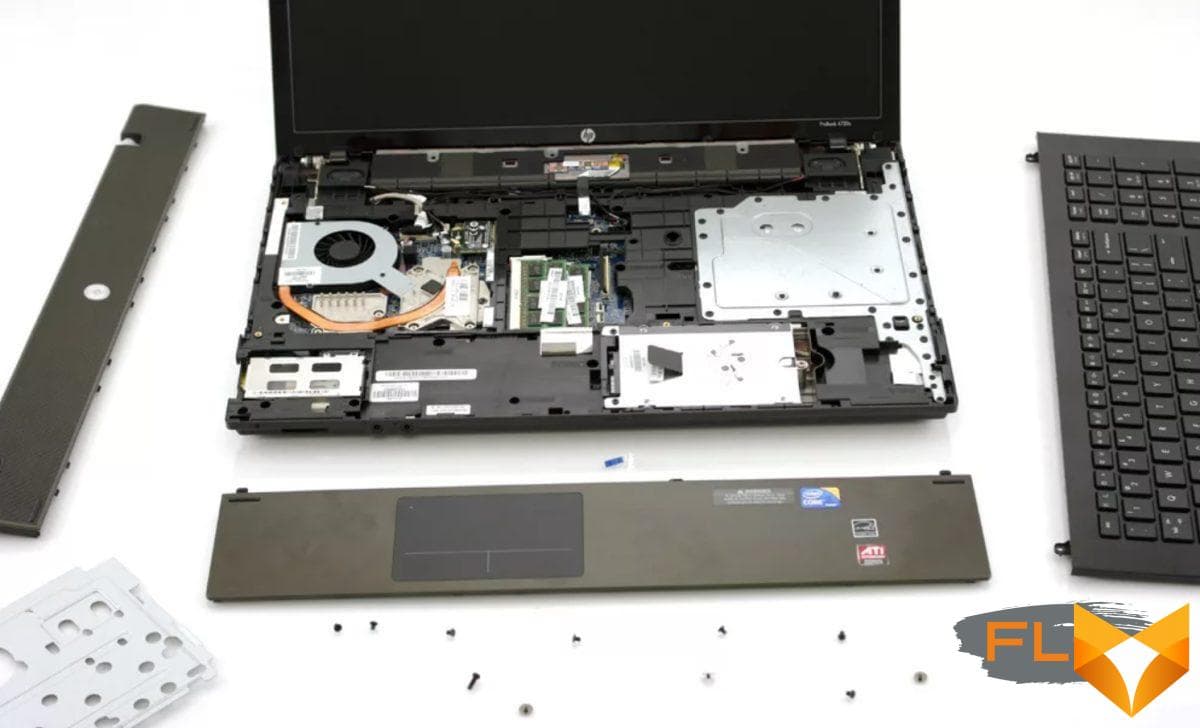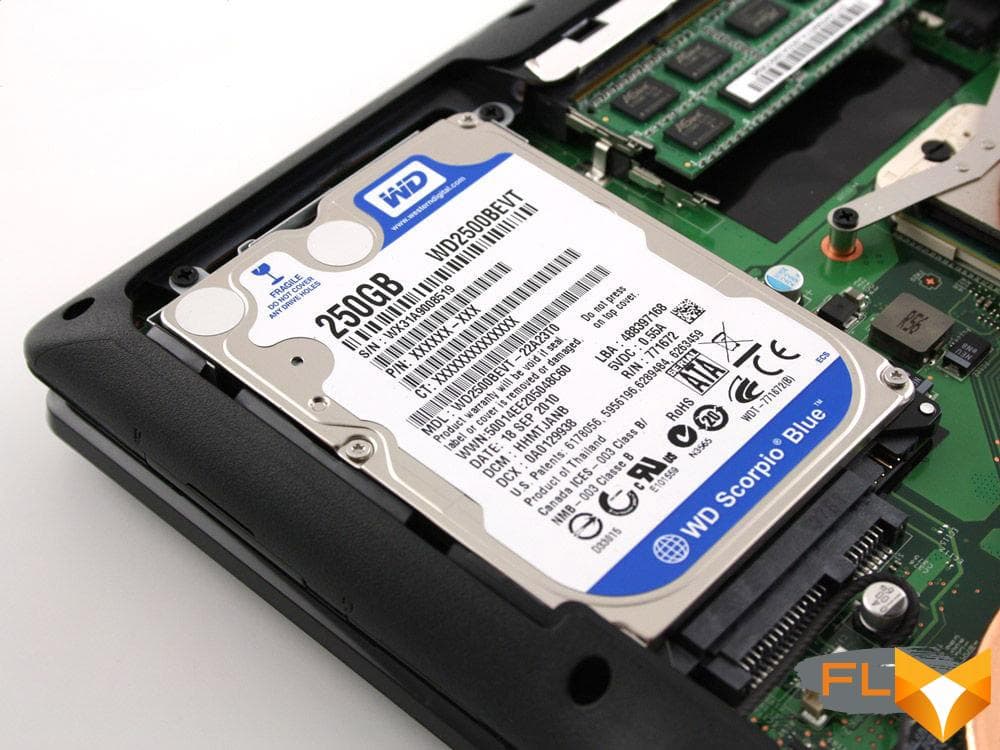


Preparing for Removal from Laptop: Tips and Tricks
It’s a scenario that many of us dread: the thought of having to remove important files and data from our laptops. Whether it’s due to a hardware failure, a security breach, or simply the need for an upgrade, the idea of losing all our precious files can be daunting. But fear not! In this article, we’ll cover some tips and tricks on how to prepare for removal from your laptop.
Backup Your Data
Before you begin the removal process, it’s essential to backup all of your important data. This can be done in a variety of ways, such as using an external hard drive or cloud storage services like Google Drive or Dropbox. By creating a backup, you’ll ensure that your files are safe and secure, even if your laptop is lost or stolen.
Organize Your Files
It’s important to organize your files before removing them from your laptop. This will make it easier to identify and locate specific files when you need them later. Start by creating folders and subfolders that are logically organized by category or project. This will help you to quickly locate the files you need and make the process of transferring them to a new device much smoother.
Uninstall Unused Applications
If you’ve been using your laptop for a while, chances are you have accumulated a large number of applications that you no longer use or need. Uninstalling these unused applications will not only free up space on your hard drive but will also improve the overall performance of your laptop. To do this, simply go to your control panel and select “Programs and Features.” From here, you can select the applications you want to uninstall.
Remove Personal Information
Before removing your laptop, it’s important to remove any personal information that may be stored on it. This includes deleting any files that contain personal data, such as financial records or sensitive emails. It’s also a good idea to clear your browser history and cache, as well as any saved passwords or login information.
Use a Secure Erase Tool
If you want to ensure that your data is completely erased from your laptop, consider using a secure erase tool. This software is designed to completely overwrite your hard drive with random data, making it virtually impossible for anyone to recover your files. Some popular secure erase tools include DBAN and Eraser.
Removing the Hard Drive from Laptop: A Beginner’s Guide
If you’re planning to upgrade your laptop or simply need to replace a failing hard drive, you may be wondering how to remove the hard drive from your laptop. While the process may seem daunting at first, it’s actually quite straightforward. In this beginner’s guide, we’ll cover the steps you need to follow to safely remove the hard drive from your laptop.
Step 1: Back Up Your Data
Before you start removing the hard drive from your laptop, it’s important to back up all of your data. This will ensure that you don’t lose any important files during the process. You can back up your data by copying it to an external hard drive or using a cloud storage service like Google Drive or Dropbox.
Step 2: Turn Off Your Laptop
Before you begin, make sure to turn off your laptop and unplug it from the power source. This will prevent any damage to the internal components of your laptop and keep you safe during the removal process.
Step 3: Locate the Hard Drive
The next step is to locate the hard drive. Depending on your laptop model, the hard drive may be located on the bottom of the laptop or inside the laptop case. Consult your laptop’s user manual or do a quick online search to find out where the hard drive is located on your specific model.
Step 4: Remove the Cover
Once you have located the hard drive, you’ll need to remove the cover that’s protecting it. The cover may be secured with screws or clips, so you’ll need to use a screwdriver or pry tool to remove it. Be careful not to damage any of the components inside your laptop while doing this.
Step 5: Disconnect the Hard Drive
Now that you have access to the hard drive, you’ll need to disconnect it from the laptop. This may involve removing screws or sliding a latch to release the hard drive from its connector. Make sure to carefully remove the hard drive without pulling on any cables or damaging the connectors.
Step 6: Install the New Hard Drive
If you’re replacing the hard drive, you’ll need to install the new one by reversing the steps you followed to remove the old one. Make sure to connect the new hard drive securely and replace the cover before turning on your laptop.
Replacing the Hard Drive from Laptop: Everything You Need to Know
If your laptop’s hard drive is failing or running out of space, it may be time to replace it. While the idea of replacing the hard drive may seem daunting, it’s actually a relatively simple process. In this guide, we’ll walk you through the steps to replace the hard drive from your laptop.
Step 1: Back Up Your Data
Before you start replacing the hard drive, make sure to back up all of your important data. You can do this by copying your files to an external hard drive or using a cloud storage service like Google Drive or Dropbox. This will ensure that you don’t lose any important data during the replacement process.
Step 2: Find the Right Hard Drive
The next step is to find the right replacement hard drive for your laptop. Make sure to check your laptop’s user manual or do a quick online search to find out the type of hard drive your laptop uses. You’ll want to make sure that the replacement hard drive is compatible with your laptop and has the same or greater storage capacity.
Step 3: Turn Off Your Laptop
Before you start, make sure to turn off your laptop and unplug it from the power source. This will prevent any damage to the internal components of your laptop and keep you safe during the replacement process.
Step 4: Remove the Old Hard Drive
Now it’s time to remove the old hard drive. Depending on your laptop model, the hard drive may be located on the bottom of the laptop or inside the laptop case. Consult your laptop’s user manual or do a quick online search to find out where the hard drive is located on your specific model.
Once you have located the hard drive, you’ll need to remove the cover that’s protecting it. The cover may be secured with screws or clips, so you’ll need to use a screwdriver or pry tool to remove it. Be careful not to damage any of the components inside your laptop while doing this.
Once you have access to the hard drive, you’ll need to disconnect it from the laptop. This may involve removing screws or sliding a latch to release the hard drive from its connector. Make sure to carefully remove the hard drive without pulling on any cables or damaging the connectors.
Step 5: Install the New Hard Drive
Now it’s time to install the new hard drive. Make sure to carefully connect the new hard drive to the laptop, taking care not to damage any of the connectors or cables. Once the new hard drive is securely connected, replace the cover and any screws or clips that were holding it in place.
Step 6: Reinstall Your Operating System and Applications
Once the new hard drive is installed, you’ll need to reinstall your operating system and any applications that were installed on the old hard drive. This may involve using recovery disks that came with your laptop or downloading the operating system and applications from the internet.
Troubleshooting Common Issues from Laptop: A Comprehensive Guide
Laptops are a convenient and essential tool for many of us, but they can also be a source of frustration when things go wrong. From slow performance to connectivity issues, there are many common problems that can arise with laptops. In this guide, we’ll cover some of the most common issues that you may encounter with your laptop and provide tips on how to troubleshoot them.
Slow Performance
If your laptop is running slow, it can be frustrating and impact your productivity. One of the most common causes of slow performance is a lack of memory or a full hard drive. Try freeing up space on your hard drive by deleting any unnecessary files, programs or applications. You can also consider upgrading your laptop’s RAM for improved performance.
Overheating
If your laptop is overheating, it can cause damage to internal components and affect performance. One of the most common causes of overheating is a buildup of dust and debris in the laptop’s vents or fan. Use compressed air to blow out any debris and make sure that the laptop has adequate ventilation.
Connectivity Issues
If your laptop is having trouble connecting to the internet or other devices, it can be frustrating. Make sure that your laptop’s Wi-Fi or Bluetooth is turned on and that you’re within range of the network or device you’re trying to connect to. You may also want to try restarting your laptop or resetting your network settings.
Blue Screen of Death
The Blue Screen of Death (BSOD) is a common issue that many laptop users encounter. It’s often caused by hardware or software failures. If you’re experiencing a BSOD, try restarting your laptop and running a virus scan. You can also try updating your laptop’s drivers or restoring your laptop to a previous point in time.
Battery Life
If your laptop’s battery life is shorter than expected, it could be due to a number of factors. Make sure that your laptop’s power settings are optimized for battery life and that you’re not running any unnecessary programs or applications. You can also consider purchasing a replacement battery or using a power-saving mode.


